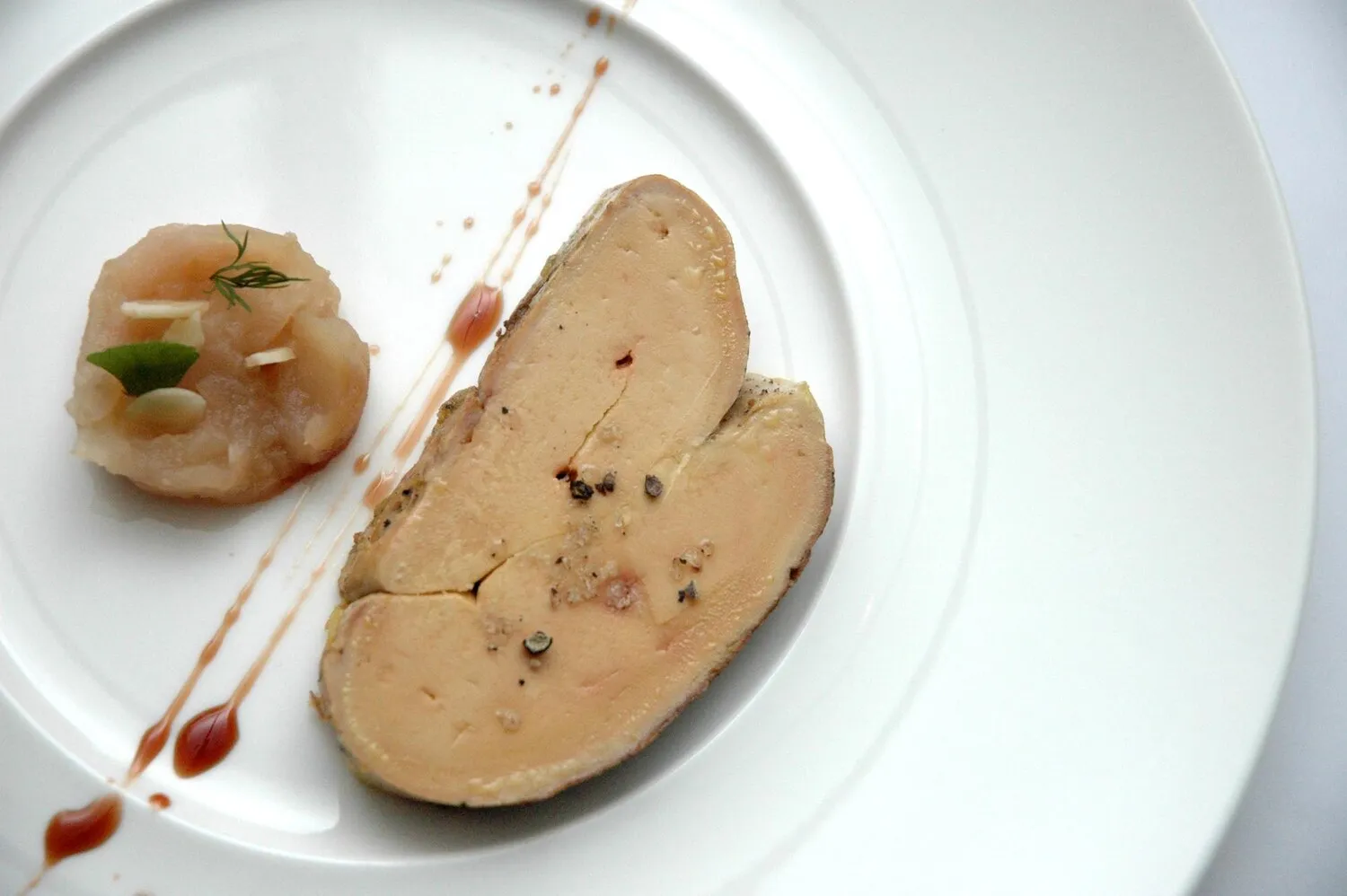
Meat Dishes
Reviews suggest that L'Espièglerie also offers quality meat dishes.
Nutrition Facts
* The % Daily Value (DV) tells you how much a nutrient in a serving of food contributes to a daily diet. 2,000 calories a day is used for general nutrition advice.
Meat dishes have been a staple in human diets since prehistoric times, evolving from simple roasted meats over open fires to complex culinary creations influenced by regional ingredients and cooking techniques. The history of meat dishes is intertwined with human migration, agricultural development, and cultural exchange.
Meat dishes hold significant cultural importance in many societies, often playing a central role in celebrations, rituals, and everyday meals. The types of meat consumed, and the ways they are prepared, reflect local traditions and culinary heritage.
Celebratory Meals
Meat dishes are frequently the centerpiece of festive meals and holidays around the world. Roast turkey for Thanksgiving in the US, Peking duck for Chinese New Year, and lamb roasts for Easter are examples of culturally significant meat-centric celebrations.
Regional Variations
Different cultures have developed unique meat preparations based on available ingredients and cooking methods. From Argentinian asado to Moroccan tagine, regional meat dishes showcase the diversity of culinary traditions.
Symbolic Significance
In some cultures, meat consumption is associated with wealth, status, or religious beliefs. Certain types of meat may be reserved for special occasions or restricted based on religious dietary laws.
Meat dishes offer a diverse range of flavors depending on the cut of meat, cooking method, and accompanying ingredients. Savory, umami, and sometimes sweet or spicy notes are common.
The flavor profile of a meat dish is highly dependent on the specific meat used (beef, pork, lamb, poultry, game), the cut (e.g., tenderloin, ribeye, shank), and the preparation. Marinades, rubs, sauces, and accompanying vegetables and spices contribute significantly. Cooking methods, from grilling and roasting to braising and stewing, also impact the final flavor and texture.
Meat Selection
Choose high-quality meat from a reputable source. Consider the cut, fat content, and marbling, depending on the desired cooking method and flavor profile.
Temperature Control
Use a meat thermometer to ensure the meat is cooked to the desired internal temperature. This is crucial for both safety and achieving the right level of doneness.
Resting the Meat
Allow the meat to rest for several minutes after cooking before carving. This allows the juices to redistribute, resulting in a more tender and flavorful result.
Marinades and Rubs
Use marinades or dry rubs to enhance the flavor and tenderness of the meat. Consider using acidic ingredients in marinades to help tenderize the meat fibers.
Explore additional French dishes and restaurants
Explore FrenchDiscover top dining spots and culinary experiences in Namur.
Explore NamurLearn more about the food culture, restaurant scene, and culinary heritage of Belgium.
Explore Belgium
